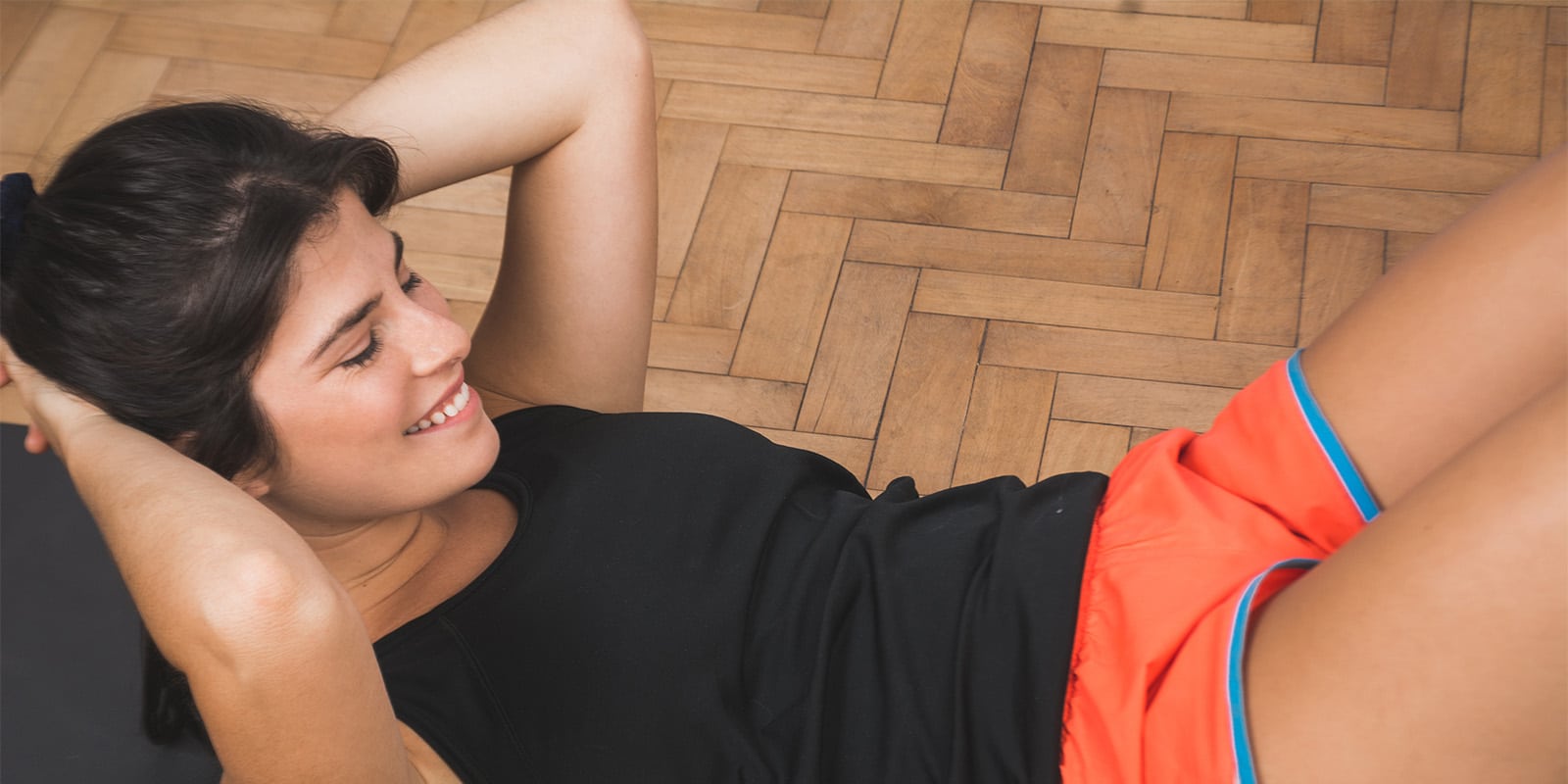What Are the Gluteal Muscles and What Do They Do?
Overview of the Three Gluteal Muscles
The gluteal muscle group comprises three primary muscles:
- Gluteus Maximus: The largest and most superficial muscle, responsible for hip extension, external rotation, and giving your glutes their rounded shape.
- Gluteus Medius: Located on the side of your hip, it plays a key role in hip abduction and stabilizing the pelvis during walking or running.
- Gluteus Minimus: The smallest of the trio, it lies beneath the gluteus medius and assists in similar movements like hip abduction and internal rotation.
Learn more about the shortened and lengthened glutes and their impact on movement here.
What Are the Functions of the Glutes?
- Movement: The glutes are essential for running, jumping, climbing, and squatting. They drive hip extension and power explosive movements.
- Stability: The medius and minimus stabilize your pelvis, preventing excessive tilting or wobbling during single-leg activities.
What Happens If Your Glutes Are Weak?
- Underdeveloped Glutes: Leads to reliance on quads or hamstrings, increasing the risk of injuries.
- Pelvic Instability: Often results in lower back pain or knee discomfort.
- Asymmetry: Caused by favoring one side, leading to poor performance and injury risk.
Why Is Glute Strength Important?
How Do Strong Glutes Improve Athletic Performance?
- Running and Sprinting: Strong glutes power your stride, boosting speed and efficiency.
- Jumping and Explosiveness: Key for sports like basketball or volleyball, glutes generate upward and forward force.
Can Glute Training Prevent Injuries?
- Knees: Reduces strain on the joint by balancing forces across the leg.
- Lower Back: Supports the pelvis and spine, minimizing compensatory movements.
What Are the Postural and Daily Benefits of Strong Glutes?
- Improves posture by counteracting prolonged sitting.
- Enhances daily activities like lifting, climbing stairs, or maintaining balance.
What Are the Most Common Mistakes in Glute Training?
Why Is Glute Activation Before Workouts Important?
Failing to “wake up” the glutes leads to reliance on stronger surrounding muscles like quads or hamstrings.
Are You Over-Relying on Surrounding Muscles?
Improper form shifts the workload away from the glutes, reducing effectiveness and increasing injury risk.
How Can Poor Form and Lack of Progression Impact Results?
- Incorrect squat or deadlift techniques compromise muscle engagement.
- Neglecting progressive overload stalls muscle growth.
What Are the Best Exercises to Strengthen Glutes?
What Are the Best Compound Movements for Glutes?
- Squats
- Variations: Back squat, front squat, goblet squat.
- Benefits: Builds overall lower body strength and targets the glutes when performed with depth.
- Deadlifts
- Variations: Romanian, sumo, conventional.
- Benefits: Strengthens glutes, hamstrings, and lower back.
- Bulgarian Split Squats
- Targets each glute individually, improving balance and symmetry.
Which Isolation Exercises Target Glutes Best?
- Hip Thrusts
- Maximizes glute activation; ideal for hypertrophy.
- Glute Bridges
- A beginner-friendly version of the hip thrust.
- Cable Kickbacks
- Isolate the glutes and improve range of motion.
- Side-Lying Hip Abductions
- Targets the medius and minimus for lateral strength.
Check out additional tips on using glute accessory exercises to enhance your routine here.
What Are the Best Band or Bodyweight Exercises for Glutes?
- Lateral Band Walks
- Strengthens glutes and hip stabilizers.
- Banded Glute Bridges
- Adds resistance for better activation.
- Clamshells
- Great for targeting the medius and correcting imbalances.
How Do You Create an Effective Glute Training Routine?
What Should a Glute Warm-Up Look Like?
- Glute Bridges: 2 sets of 15 reps.
- Clamshells: 2 sets of 12 reps per side.
- Banded Side Steps: 2 sets of 10 steps each way.
How Many Sets and Reps Are Best for Glutes?
- Hypertrophy: 3-5 sets of 8-12 reps with 60-90 seconds rest.
- Endurance: 2-3 sets of 15-20 reps with shorter rest periods.
What Is Progressive Overload and How Can You Apply It?
- Gradually increase resistance using heavier weights, bands, or more challenging exercise variations.
- Track your progress to ensure consistent improvement.
Frequently Asked Questions About Glute Training
How Long Does It Take to See Glute Growth?
With consistent training and proper nutrition, noticeable changes can occur in 8-12 weeks.
Can You Train Glutes Every Day?
Training glutes 2-4 times per week with adequate rest and variety is optimal.
What Are the Best Stretches for Glutes?
- Pigeon Pose
- Seated Figure-Four Stretch
- Standing Quad and Glute Stretch
Why Training Your Glutes Is a Game-Changer
Training your glutes is essential for strength, aesthetics, and injury prevention. By understanding glute anatomy, avoiding common mistakes, and incorporating effective exercises, you can achieve your fitness goals. Start today with a structured routine and unlock the full potential of your glutes!
Ready to transform your fitness journey? Join Diamond Training Fitness Club and gain access to our 8-Week Glute Workout Plan to build stronger, healthier glutes with confidence. Our expert trainers provide personalized guidance and tips to help you achieve your goals. Subscribe to our newsletter for exclusive insights and fitness strategies tailored just for you!
